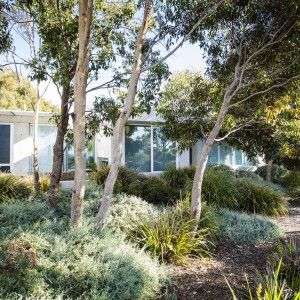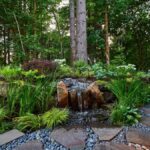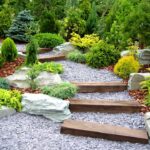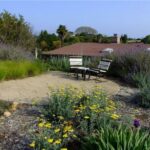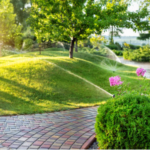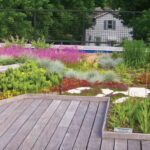Sustainable landscaping is a growing trend that focuses on creating beautiful outdoor spaces while also promoting environmental conservation and sustainability. This practice involves using methods and materials that have minimal impact on the environment and promote biodiversity. By implementing sustainable landscaping techniques, homeowners can reduce their carbon footprint and create a healthy and thriving ecosystem in their own backyard.
One key element of sustainable landscaping is the use of native plants. Native plants are adapted to the local climate and soil conditions, making them more resilient and less dependent on water and chemicals. By planting native species, homeowners can create a more self-sustaining landscape that requires less maintenance and resources. Additionally, native plants provide habitat and food for wildlife, supporting biodiversity in the area.
Incorporating water conservation techniques is another important aspect of sustainable landscaping. This can include installing rain barrels to collect water for irrigation, using drip irrigation systems to minimize water waste, and choosing drought-tolerant plants that require less water. By reducing water usage in the landscape, homeowners can conserve valuable resources and reduce their water bills.
Composting is also a sustainable landscaping practice that can help reduce waste and improve soil health. By composting organic materials such as food scraps, yard waste, and grass clippings, homeowners can create nutrient-rich compost that can be used to fertilize plants and improve soil structure. This not only reduces the amount of waste sent to landfills, but also promotes healthy plant growth and reduces the need for chemical fertilizers.
Implementing sustainable hardscaping practices is another way to promote environmental sustainability in the landscape. This can include using permeable materials in driveways and walkways to reduce water runoff, incorporating recycled materials such as reclaimed wood or stone in outdoor structures, and designing outdoor spaces that minimize heat absorption and reduce the urban heat island effect. By choosing environmentally-friendly hardscape materials and designs, homeowners can create a more sustainable outdoor living space.
Overall, sustainable landscaping is a holistic approach to designing and maintaining outdoor spaces that considers the environmental impact of every decision. By incorporating native plants, water conservation techniques, composting, and sustainable hardscaping practices, homeowners can create a beautiful and environmentally-friendly landscape that benefits both people and wildlife. Investing in sustainable landscaping not only improves the aesthetic value of the property, but also contributes to a healthier and more sustainable planet for future generations.
